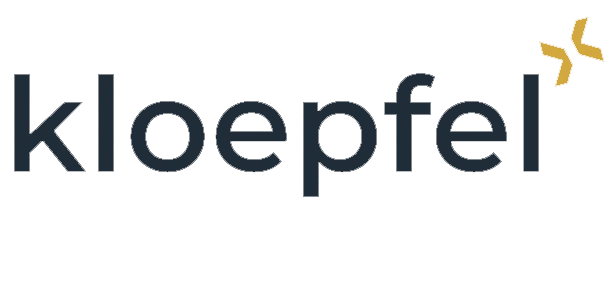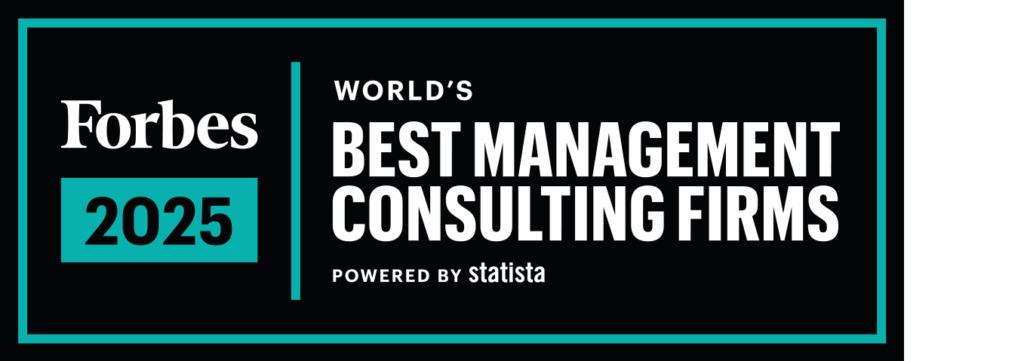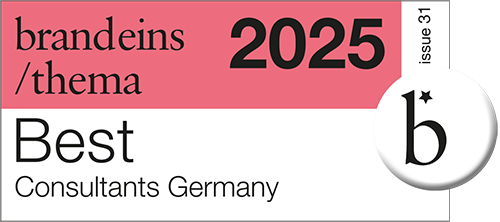Reduction in purchasing costs
Are you looking for a procurement expert who not only identifies potential, but also implements it sustainably with your employees and suppliers as a team? We are experienced in the industry, pragmatic and down-to-earth. Our remuneration is based 100% on the success achieved, i.e. no savings - no fee. Over 1,000 clients from more than 2,000 projects have already benefited from our entrepreneurial and partnership-based approach.

Sustainable reduction of all direct material costs
Sustainable reduction of all indirect costs (including material and overhead costs)
Because indirect costs (e.g. energy, insurance, building cleaning, security services, marketing) are often given insufficient attention, there is considerable potential for savings in this area. Purchasing departments are usually so busy with the central procurement of goods that overhead costs remain unchecked. In some companies, they are not even the responsibility of the purchasing department, but are managed by other departments (accounting, scheduling, assistants, etc.).
As a result, contracts are often extended without conditions having been reviewed and negotiated. If the necessary procurement tools are used on the basis of a transparent analysis and the right partners are selected, savings in the double-digit percentage range can be achieved.
NO SAVINGS, NO FEE
Our remuneration is based 100% on the success achieved, i.e. no savings - no fee.

Improvement of payment terms
Cost structure analyses and supplier workshops
Many buyers often lack knowledge of their suppliers' cost structure. A transparent supplier cost structure is the best defense against price increase demands. By precisely analyzing price increase requests and purchase prices, a basis for successful negotiations and improved supplier processes can be created. This requires facts and figures, which no supplier voluntarily discloses. Kloepfel Consulting solves this problem with the five-time award-winning Cost Control software. This software includes all available production modules and is specially tailored to the needs of a manufacturing company. The Cost Control Tool is therefore a valuable system for the exact and holistic analysis of any manufacturing costs.
Further costs can be uncovered through so-called supplier workshops. The workshop is conducted with the close involvement of suppliers to identify and realize cost potential in order to encourage renegotiations.
Do you want to reduce your purchasing costs or do you have other questions about KLOEPFEL Consulting?
Global procurement
The list of good reasons to procure globally is long: low prices, malleable suppliers and the development of new markets. Standard and spare parts in particular can be produced abroad at low cost and high quality. Buyers, who are faced with the daily challenge of procuring the best goods at the best prices, are therefore increasingly turning to global sourcing. For example, more than half of German companies buy in China.
However, the quality requirements of German-speaking SMEs often stand in the way of some business. Constant risk management, prevention of know-how outflow, quality management and stringent supplier development are therefore important. Annoyances can also be avoided through a deeper understanding of culture. If this is mastered, it is possible to order purchased parts such as castings or forgings, as well as hand-made motors, at good conditions.
Formation of purchasing groups
Price advantages and discounts can be secured through joint purchasing. The information networking of companies through merchandise management systems and the exchange of experience serves as an early warning system to reduce decision-making risks. Purchasing groups can be used to economize central company areas such as purchasing, marketing, human resources, financing and the legal department.
Delivery time optimization
Inventory optimization
An ABC/XYZ analysis is helpful in analyzing the extent of excessive stock levels. If this is supplemented by the inventory ranges and the distribution of inventory values, the complexity of the C-parts is reduced and targeted know-how is built up in the planning department, buyers can breathe a sigh of relief. In most cases, the stockpiles can be quickly exposed.
Long-term and sustainable inventory optimization requires process optimization along the entire value chain. The topics of the specialist departments are then e.g:
- Product life cycle,
- Inventory responsibility,
- Target ranges,
- C-parts management,
- Litigation costs,
- Kanban,
- Framework agreements,
- Mechanisms for inlet and outlet control,
- Standardization in construction,
- Optimal product mix, taking into account production capacities,
- Set-up costs and
- internal logistics.
When all departments are integrated into this process and have internalized their contribution to success, this paves the way for sustainable optimization of stock levels.






